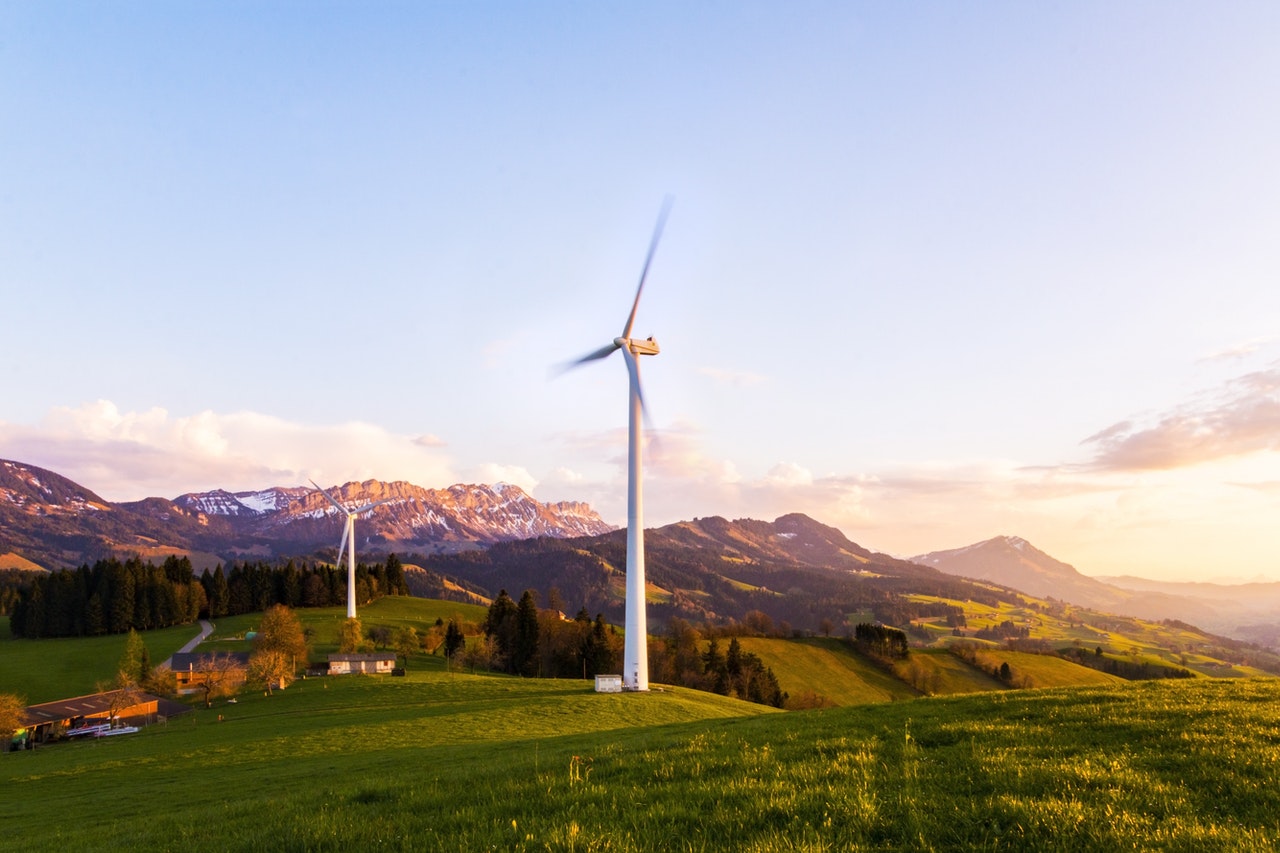The Central Asian region has about 5% of the world’s natural capacities for capturing wind and solar energy, which provides ample opportunities to develop the renewable energy sector.
However, except for hydropower, especially in Kyrgyzstan and Tajikistan, the share of renewable energy sources (RES) in national energy balances is minimal in all CA countries.
The region’s significant potential for renewable energy is underutilized due to many financial, technical and social barriers.
Renewable energy is considered a priority for both the EU and the IFIs. In the EU, the share of the renewable energy sector more than doubled between 2004 and 2020.
In 2021, the European Commission introduced a revised Renewable Energy Directive and proposed to increase the mandatory target for the share of renewables in the EU energy mix to 40% by 2030.
“We are pleased that all the countries of Central Asia are also making efforts to expand the use of renewable energy. We believe that further development of the sector can help meet growing energy demand, strengthen the region’s energy resilience, meet Paris Agreement commitments and create new jobs and business opportunities.” EU’s representatives in Kazakhstan pointed out.
With the EU Strategy for Central Asia, the EU stands ready to support the countries of Central Asia in their current transition to green energy, including through targeted investments.

